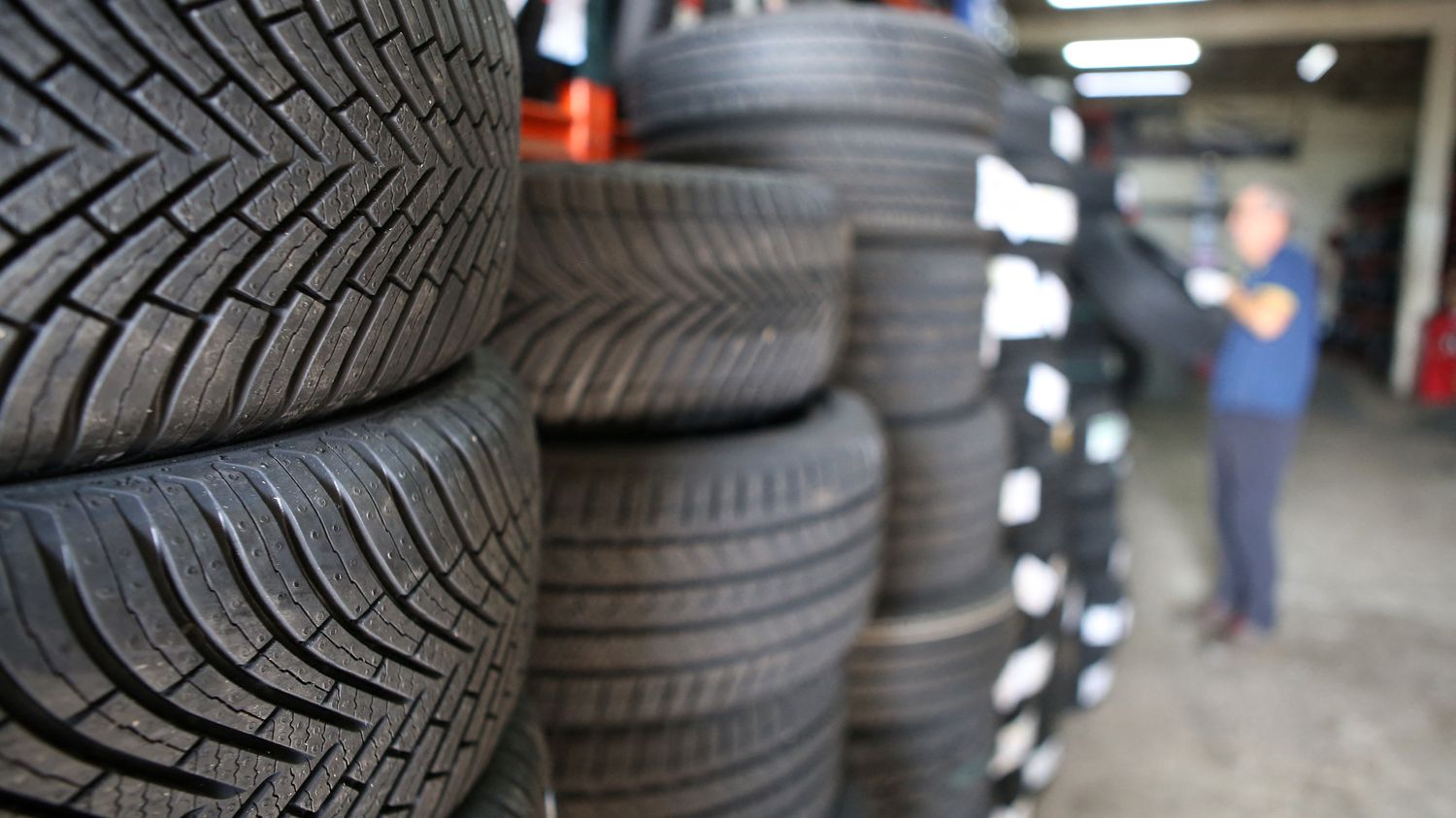The Agir pour l’Environnement association, which has just carried out a study, calls, faced with the identification of certain carcinogenic compounds, to “lift industrial secrecy on the chemical composition of tires”.

Published
Reading time: 2 mins

“Over the lifespan of a car, tire wear will generate, depending on the model, between 17 and 40 kilograms of plastic particles and other additives”alerts the Agir pour l’Environnement association on Monday, October 14, which publishes a study revealed by France Inter. To achieve this result, a laboratory analyzed the journeys made by two different cars, a sedan and a city car. It turns out that for every kilometer traveled, a car loses “between 65 and 151 mg of gum”.
According to this study, each vehicle produces at each kilometer “thousands of billions, even tens of trillions of micro and nanoparticles”. The association judges this “alarming quantity”especially since “more than 99.97% of these particles escape control bodies”. “It is a major source of pollution not only for our environment, but also for the quality of the air we breathe, particularly around major roads”warns Acting for the Environment.
“This pollution has been completely ignored,” denounces on the microphone of France Inter Stéphane Kerkhov, general director of Agir pour l’Environnement. He regrets a glaring lack of documentation given the importance of this pollution. He explains that if we “compared to the entire vehicle fleet, this represents a contamination of ecological environments of more than 50 000 tonnes of gum particles.The association deplores “the lack of transparency regarding the exact composition of car tires”, often unknown to the general public and “covered by industrial secrecy”. She says her investigation identified “the presence of at least 25 different volatile organic compounds” of which “more than half are considered carcinogenic by the WHO”.
Faced with these results which she describes as“worrisome”, the association calls for “lift industrial secrecy on the chemical composition of tires” in order to “to enable public environmental and health assessment bodies to conduct in-depth studies”. She considers “insufficient environmental and health assessment of tires”which “does not enable a risk reduction policy to be initiated”. “If it is confirmed that chemical additives represent up to 50% of the mass of tires, it is of the utmost importance to subject the marketing of tires to a marketing authorization granted by the European authority to the following a thorough environmental and health assessment”warns Acting for the Environment.
Methodology
To carry out this study, the Agir pour l’Environnement association called on an independent specialized laboratory. The latter’s mission was to “quantify the number of ultrafine particles resulting from tire brazing”. To do this, he analyzed the “production of particles during journeys on motorways and on urban and rural roads of two electric vehicles equipped with the manufacturers’ original tires, a compact SUV (sedan) and a city SUV”. The vehicle tires were each time “disassembled, cleaned then weighed before and after each journey in order to measure the weight of rubber lost according to the number of kilometers traveled”.
